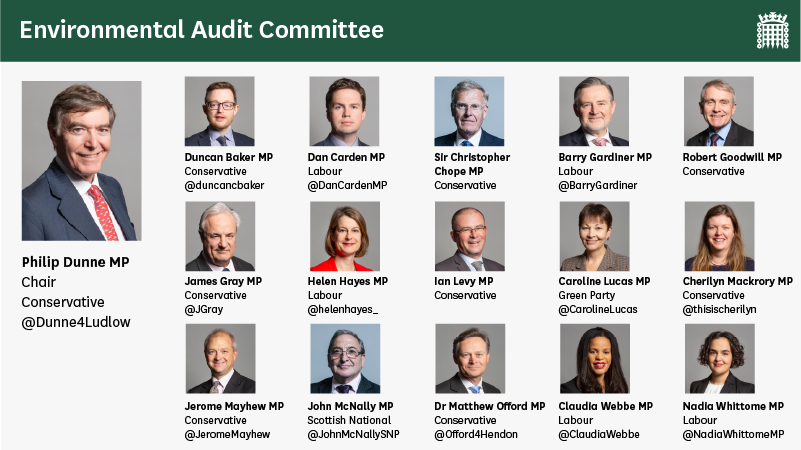UK Biodiversity: Bloom or Bust?
We look at what can be done to turn
the tide of species loss
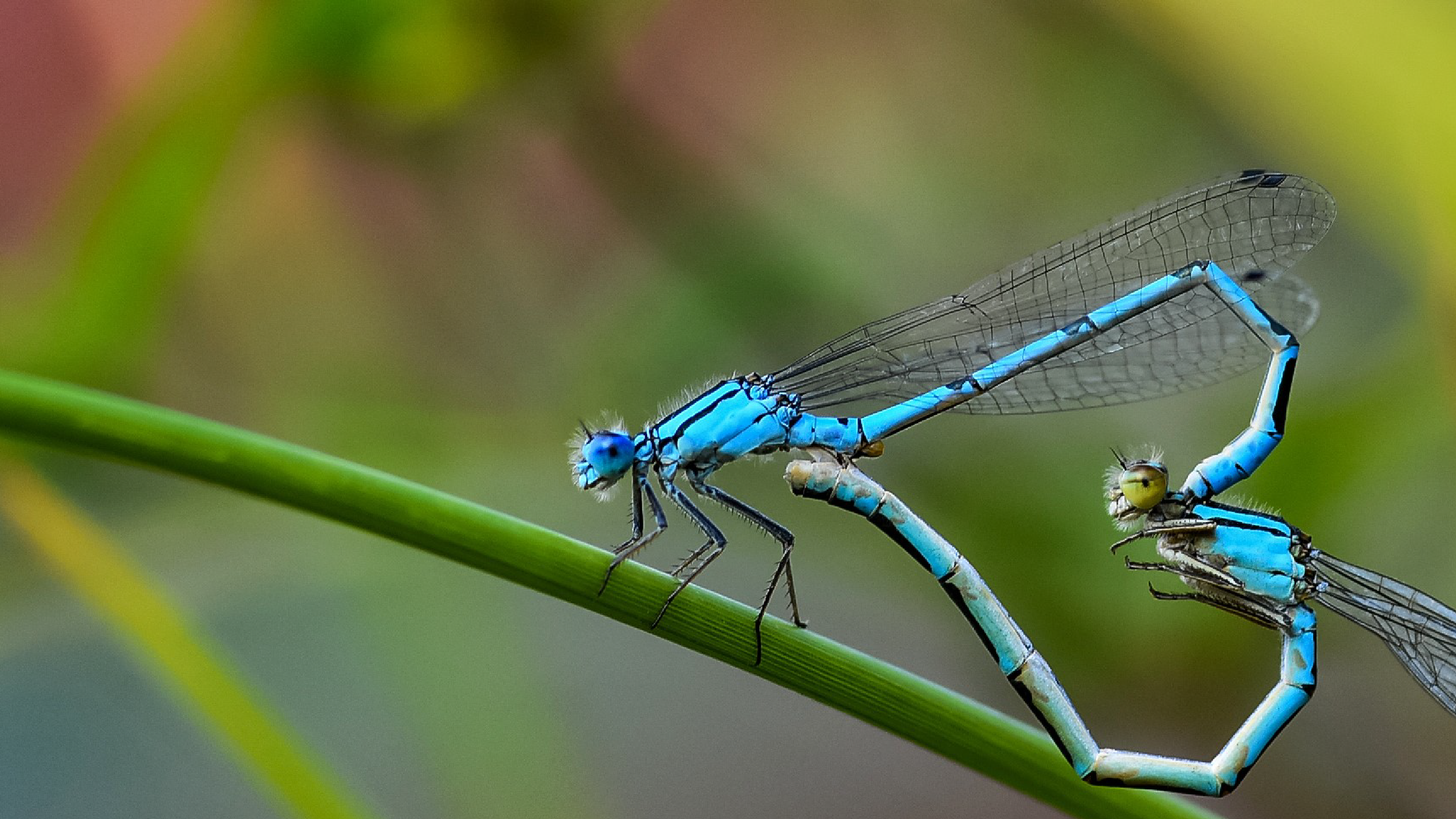
'Biodiversity' refers to the variety of life on Earth, including animals insects, plants, bacteria, and more. It plays an important role in:
- providing food, energy, shelter and medicines
- supporting water and soil quality
- regulating the climate
- providing opportunities for recreation, recuperation and inspiration
However, according to the Intergovernmental Science-Policy Platform on Biodiversity and Ecosystem Services (IPBES) biodiversity is declining faster than at any other time in human history. Biodiversity loss poses risks to global food security, increases the risk of transmission of diseases from animals to humans, and makes coastal areas more vulnerable to floods and storm surges.
In June 2021, the UK hosted the annual meeting of the G7 group of countries. Of all G7 countries, the UK has the lowest level of biodiversity left. 15% of our species are now threatened with extinction.
It is not too late to change course. Experts say that this downward trend can be reversed, but only through urgent transformative change.
What is the UK
Government
doing about it?
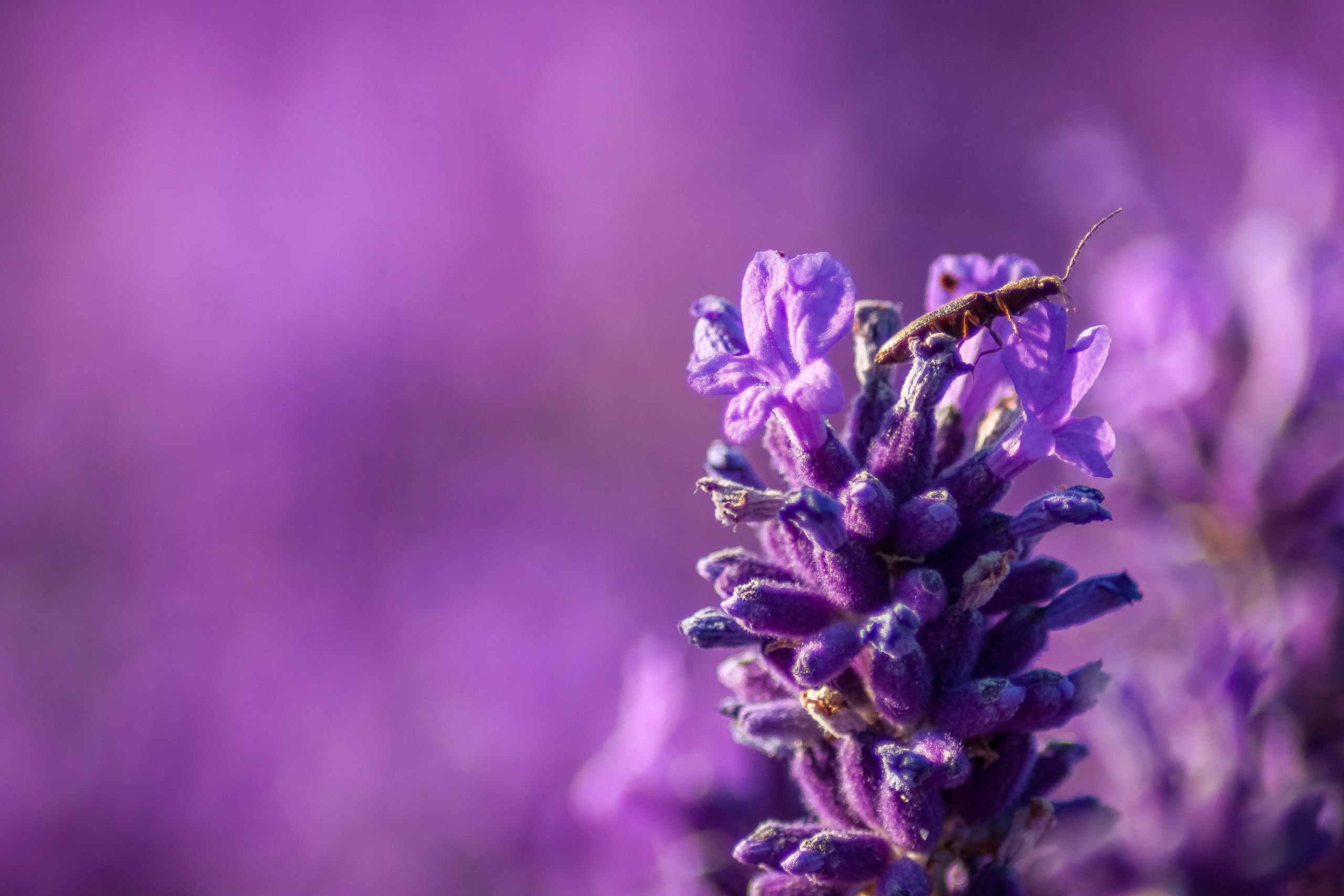
With the world looking for innovative ways to recover from the covid-19 pandemic, 2021 is a year to rethink and act on making transformative change a reality.
Are the Government’s current plans enough? We wanted to know more, so we launched an inquiry into biodiversity and ecosystems in July 2020. We heard from academics, environmental NGOs, intergovernmental organisations, independent public bodies, government advisers, farmers and private sector actors from the finance, infrastructure, and food industries. Read what they told us on our publications page.
We asked the public to send us their own photos of nature in the UK. Many of you helped us highlight the breadth of biodiversity in the UK by sharing over 200 photos with us. Blue Damselflies taken by Michael Swailes is featured on the front cover of our report and others appear inside.
From frogs to red squirrels to violets, each entry serves as a visual reminder of why protecting biodiversity is so important. Thank you for your contributions.
How can the
UK reverse
biodiversity loss?
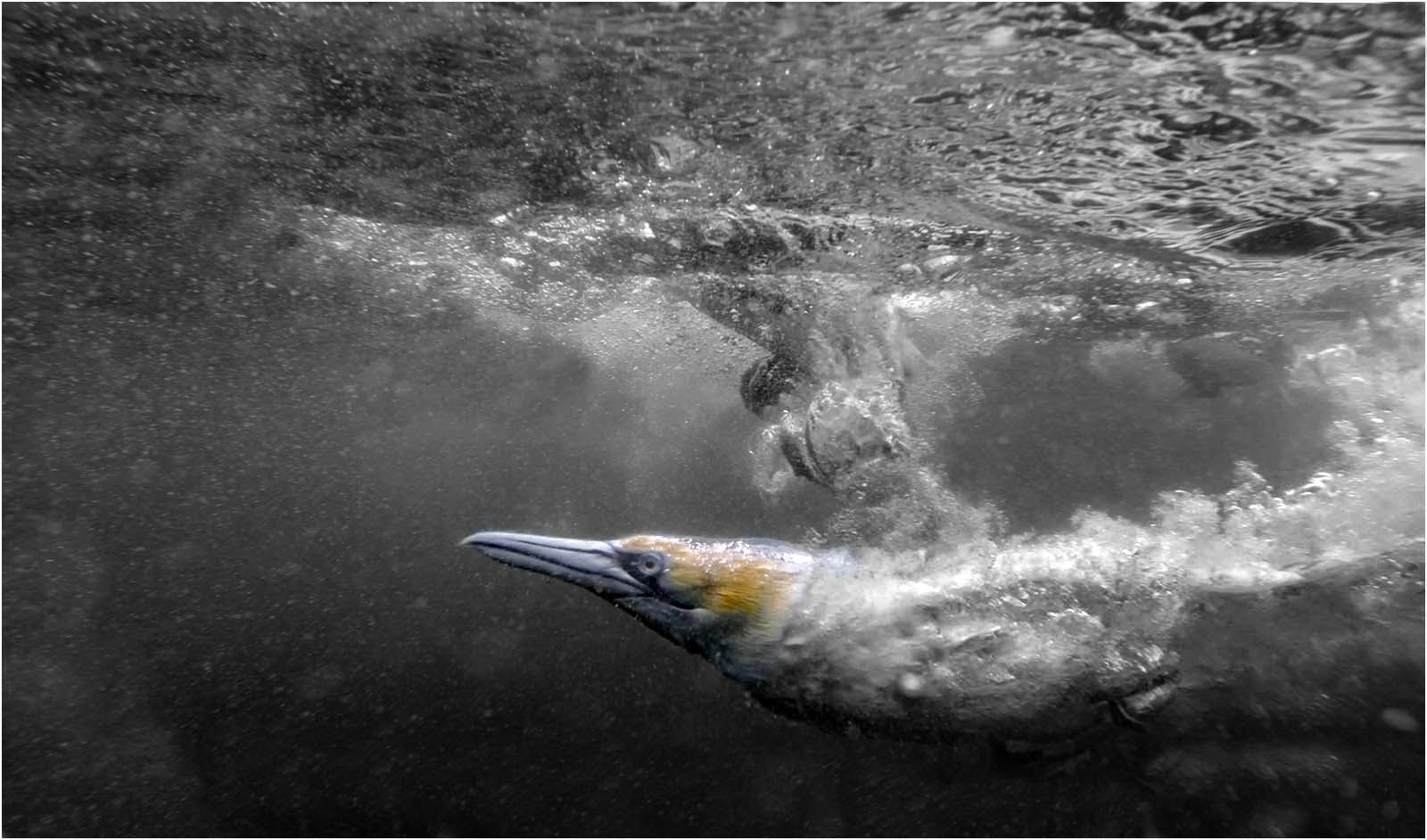
The Government’s current plans on biodiversity are not enough. Nature will continue to decline and the next generation will inherit a more depleted, damaged natural environment as a result.
During our inquiry, we were told:
1.Public expenditure on measures to promote biodiversity has been cut over recent years. Government bodies do not have enough skilled ecologists to monitor and report on biodiversity, for example.
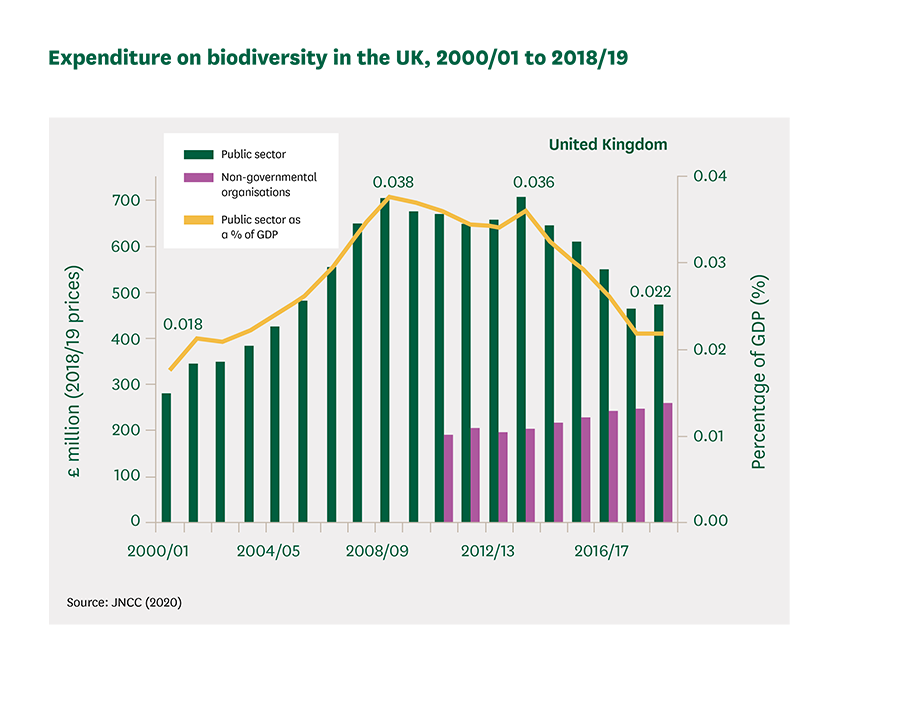
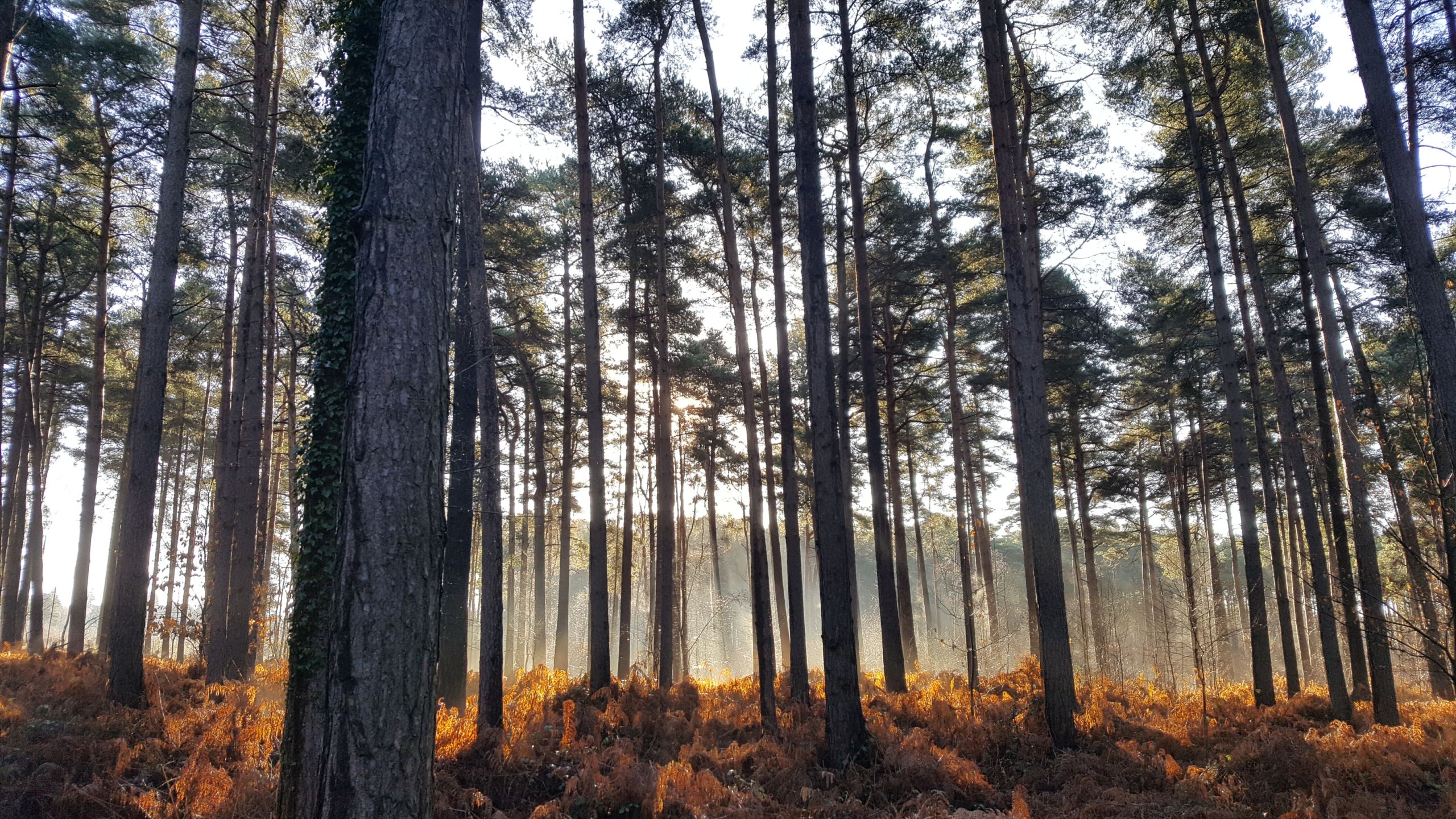
2. The Government is not adequately thinking about the effects of its policies on nature.
Across the board, Government departments have not ensured their policies align with their environmental commitments. The Government's £27 billion road-building programme is an example of the type of policy decision that may conflict with goals on nature recovery.
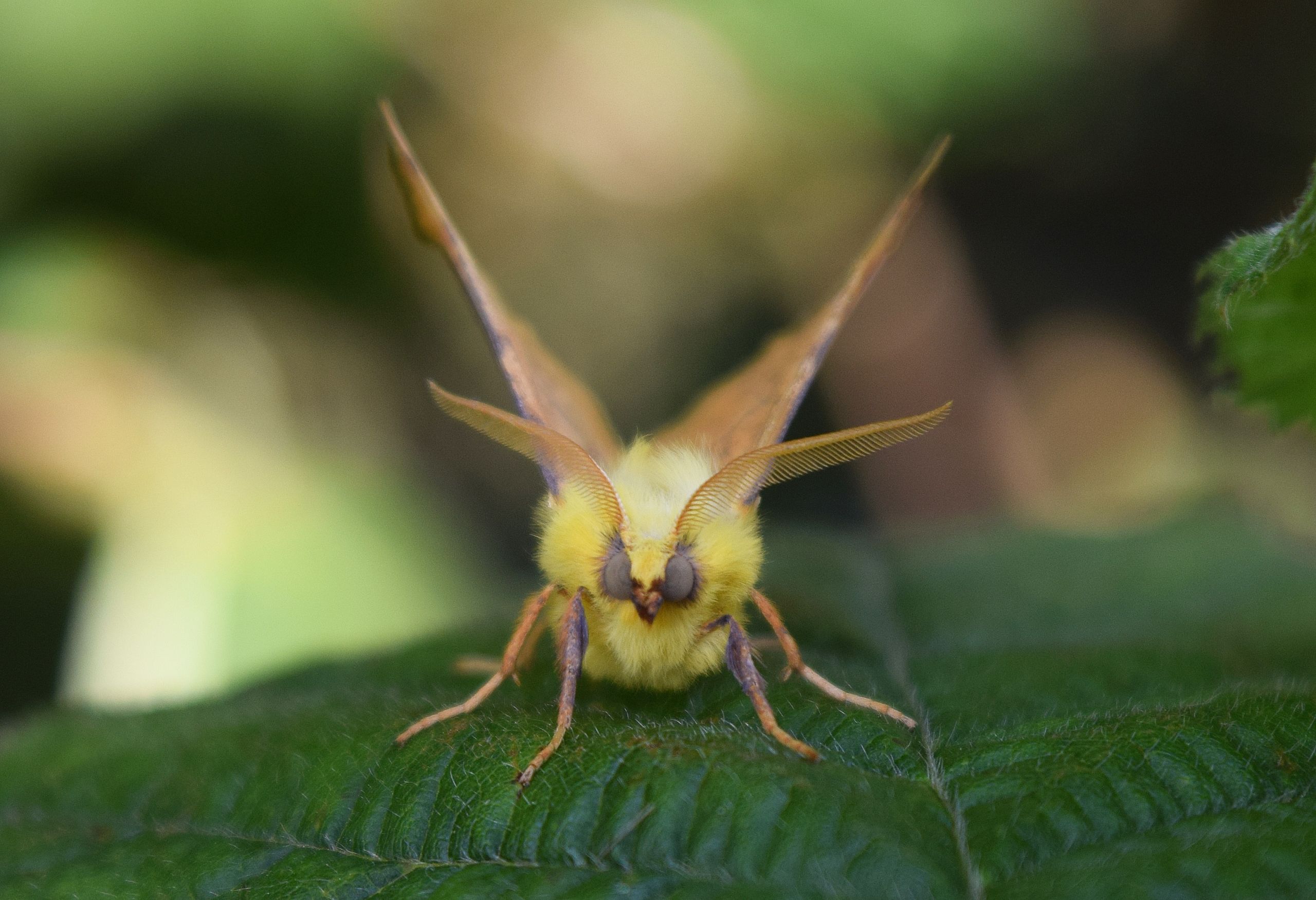
3. Over the course of our inquiry, many environmental NGOs and other stakeholders told us that legally binding, long-term targets were required to address the deteriorating state of nature.
The UK has legally binding short-term and long-term targets to tackle the effects of climate change. Yet no such system yet exists to restore our greatly depleted natural environment.
Therefore, it is unsurprising that the UK failed to meet at least 14 of the 19 Aichi Biodiversity Targets, and is not on track to achieve its goal of providing the next generation with a better natural environment.
Our recommendations
1.The Government should consider how its financial decisions impact nature.
The Government has already started to consider the climate-related risks of their financial policy making. They should do the same for nature-related risks. The Government should explain how it will move beyond Gross Domestic Product (GDP) as the primary measure of economic activity and towards a measure which includes consideration of the UK's natural capital.
2.The Government should review the funding it gives to organisations who monitor and protect biodiversity.
Bodies like Natural England need more funding to carry out their responsibilities and tasks they are expected by the Government to perform. Organisations need to be properly funded to deliver the Government’s environmental vision to improve the environment within a generation.
3.Throughout this inquiry, we have heard how important education is in mending and building our relationship with nature. Nature should be further incorporated into school curriculum, raising understanding across the UK population and encouraging more young people to become ecologists.
Section images by Jon Copley, Phill Dixon, and John Stembidge
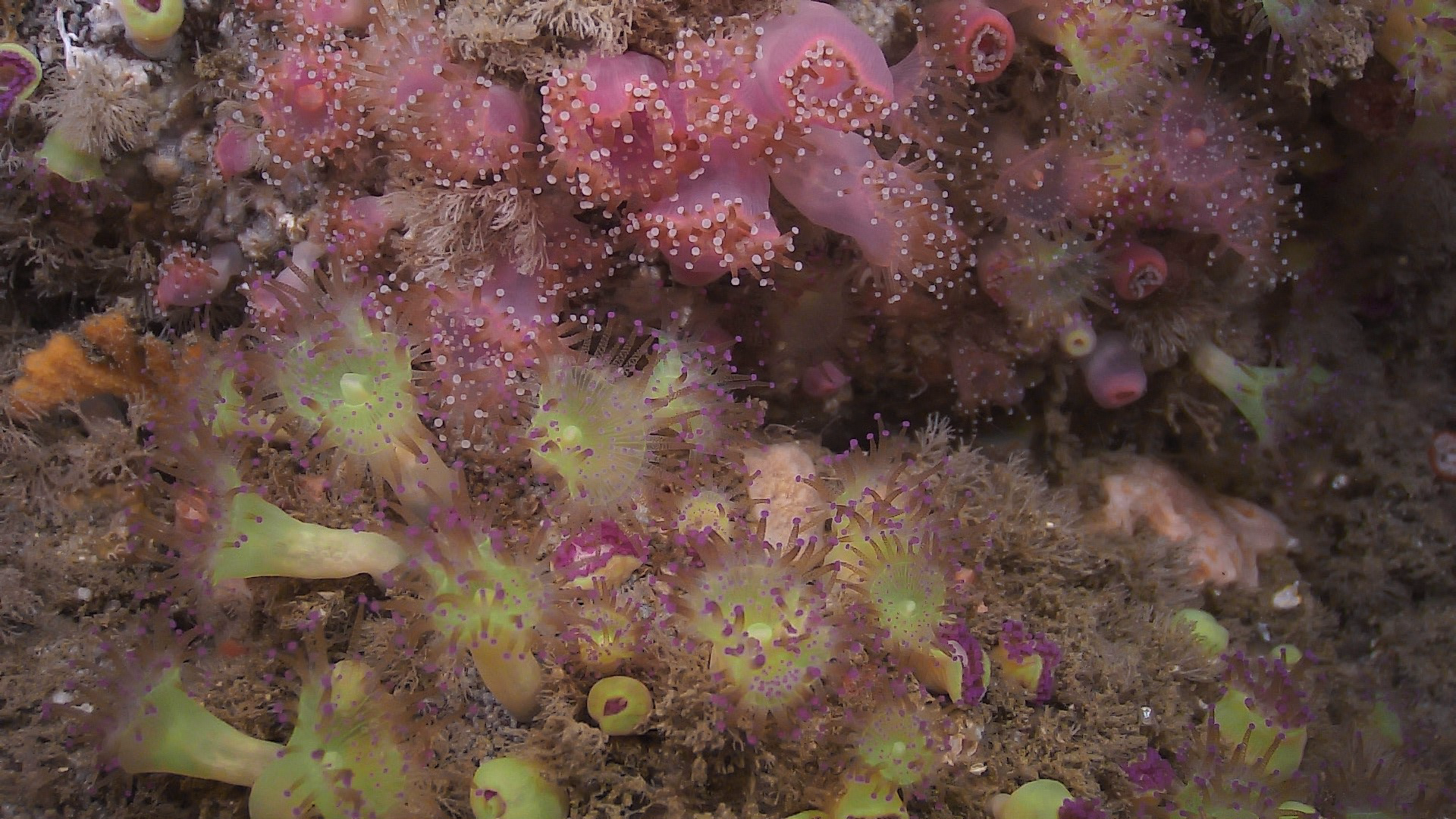
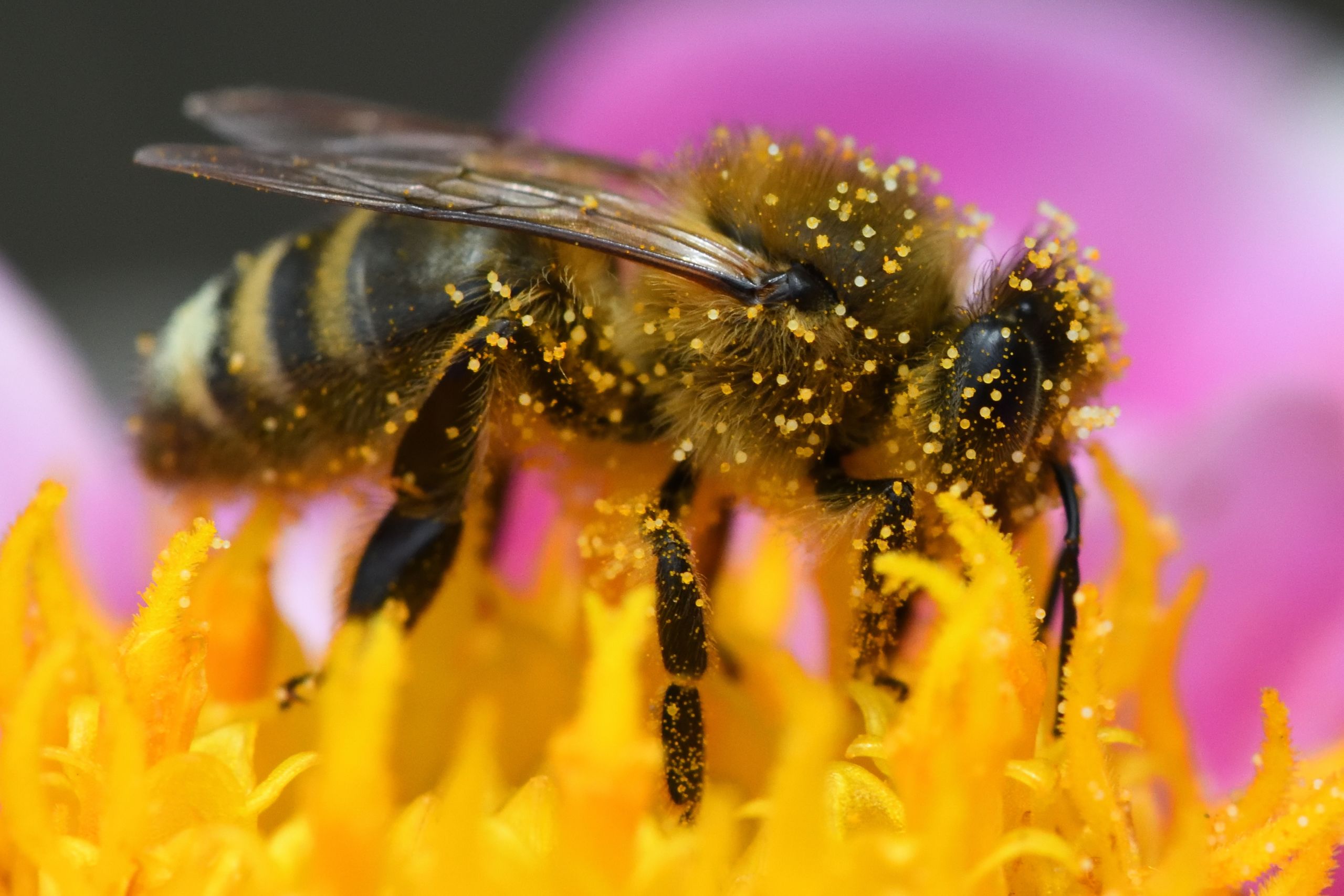
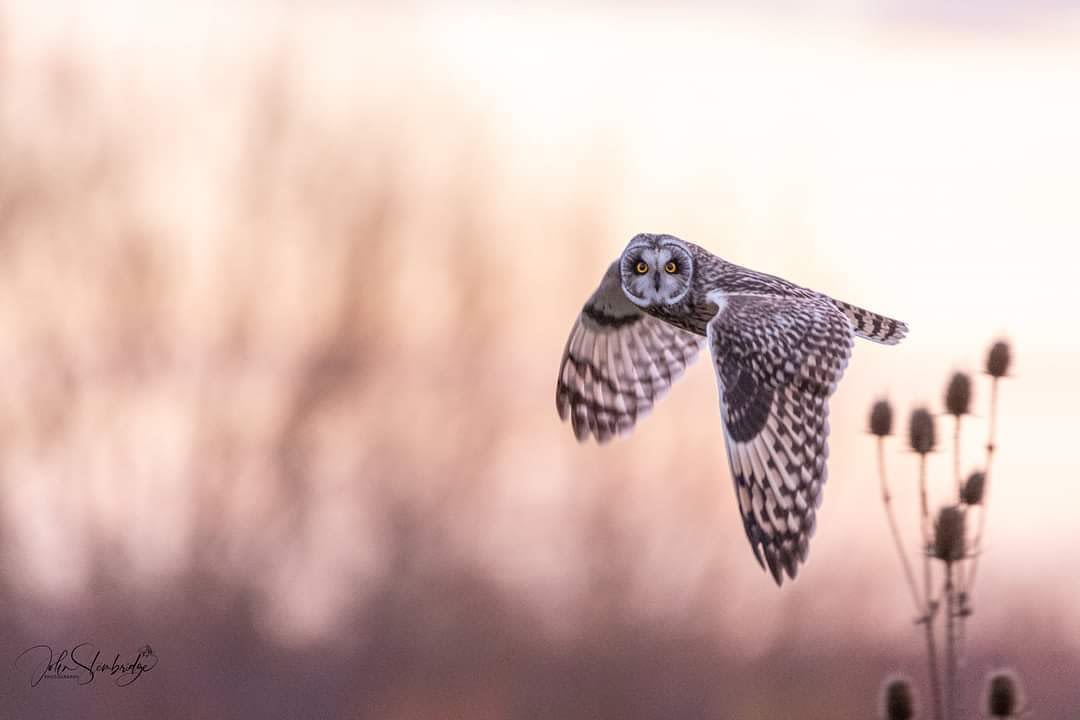
What happens next?
The Government must now respond to our report.Our report 'Biodiversity in the UK: bloom or bust?' was published on 30 June 2021. The Government has two months to respond to our recommendations.
Detailed information on our inquiry can be found on our website.
If you’re interested in our work, you can find our more on the House of Commons Environmental Audit Committee website. You can also follow our work on Twitter.
The Environmental Audit Committee is a House of Commons Select Committee. We monitor the policies and programmes of government departments and non-departmental public bodies, ensuring they contribute to environmental protection and sustainable development. We also audit their performance against sustainable development and environmental protection targets.

Cover image: Common Blue Damselflies by Michael Swailes.

